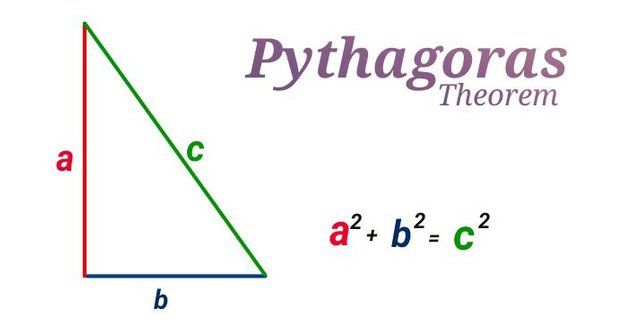
The Pythagorean theorem
Pythagoras of Samos was a Greek from the island located in the eastern Aegean Sea, off the modern day coast of Turkey. Pythagoras is believed to have lived from 570 BCE to 495 BCE and his life work or influence can still be felt in mathematics, philosophy, and many other fields today.
The Pythagoras theorem is a formula by Pythagoras that shows the relationship between the sides of a right angle triangle.
The theory states that the square of the length of the hypotenuse being the longest side is equal to the sum of the squares of the lengths of the other two sides in a right angle triangle.
It is mathematically represented as:
a² + b² = c²
Where C is the hypotenuse
While a and b are the other two sides of the triangle.
Application / Rationale
Besides being a fundamental principle in mathematics and a foundation on which other mathematical concepts are built, the Pythagoras theorem can be used when solving real life problems like finding the length of a diagonal or calculate the slope of a building's roof.
With Pythagoras theorem, you can easily find the distance between two points on a map.
Conditions for applying the theory
• The figure must be a right angle triangle
• One of the angle must be 90°
• The length of two sides should be known.
Solving an example
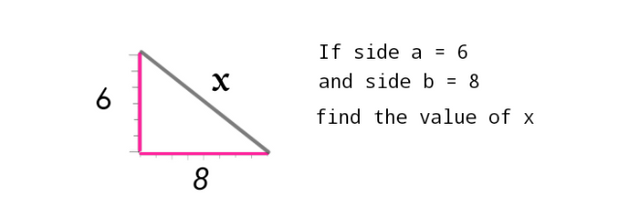
Applying the Pythagoras theorem
Which states that in a right angle triangle, the square of the length of the hypotenuse is equal to the sum of the squares of the lengths of the other two sides.
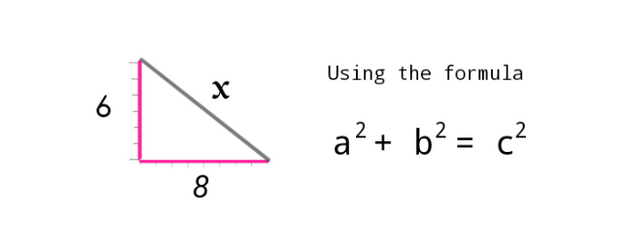
Substitution of known values in to the Pythagoras formula
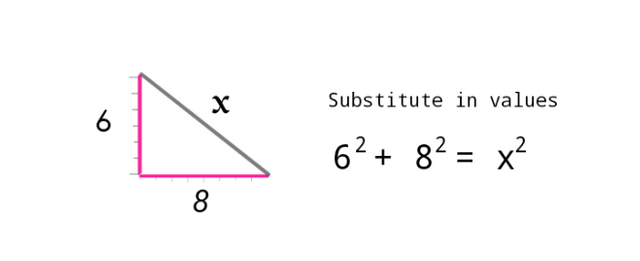
Solving the square of 6 and 8
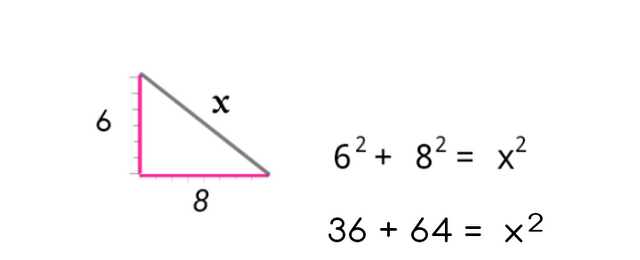
36 + 64 = 100
So we can say X2 = 100
To get X alone, you will have to find the square root of 100
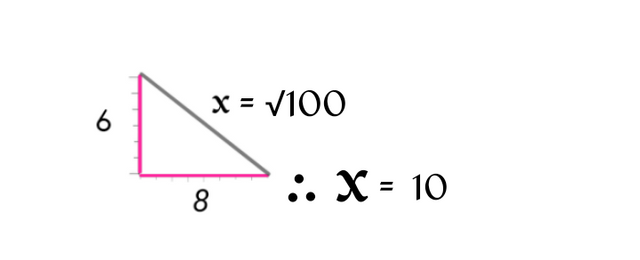
A Visual Solution
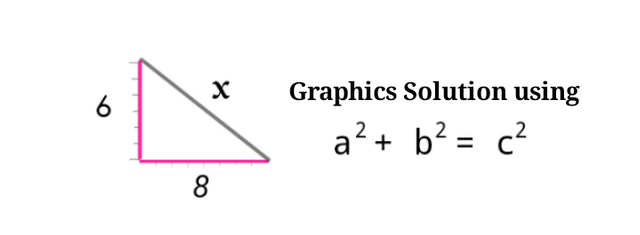
Square the values of a and b
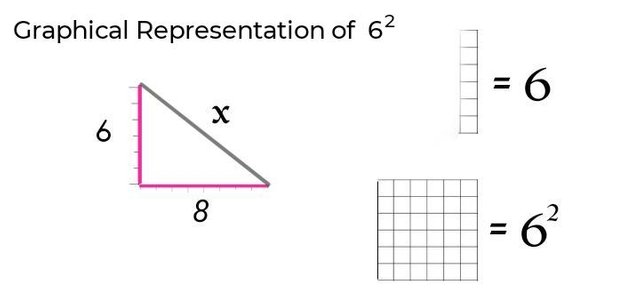
Getting the square of 6 and 8
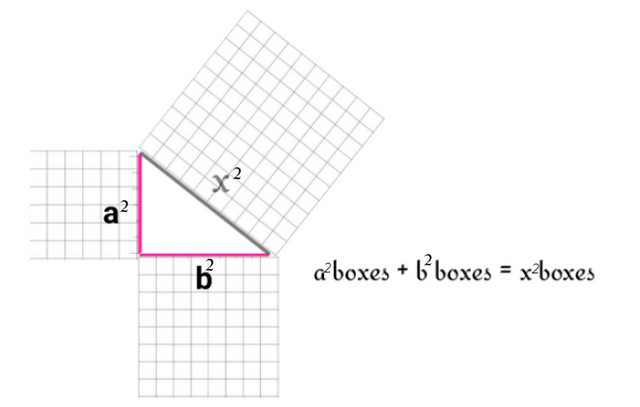
Conclusion
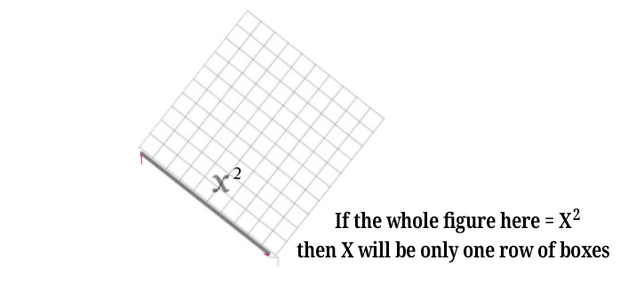
One row contains ten boxes
https://x.com/Gentle78280/status/1760009294475616264?s=20
Downvoting a post can decrease pending rewards and make it less visible. Common reasons:
Submit